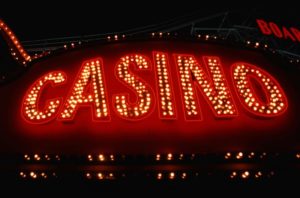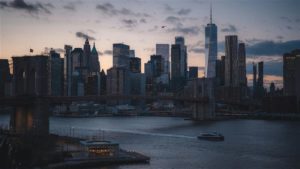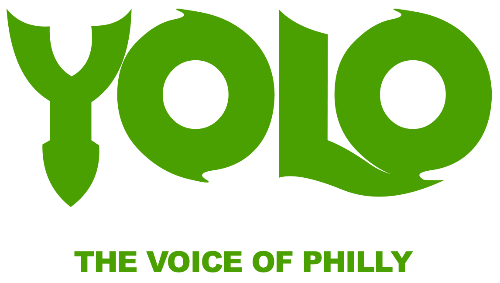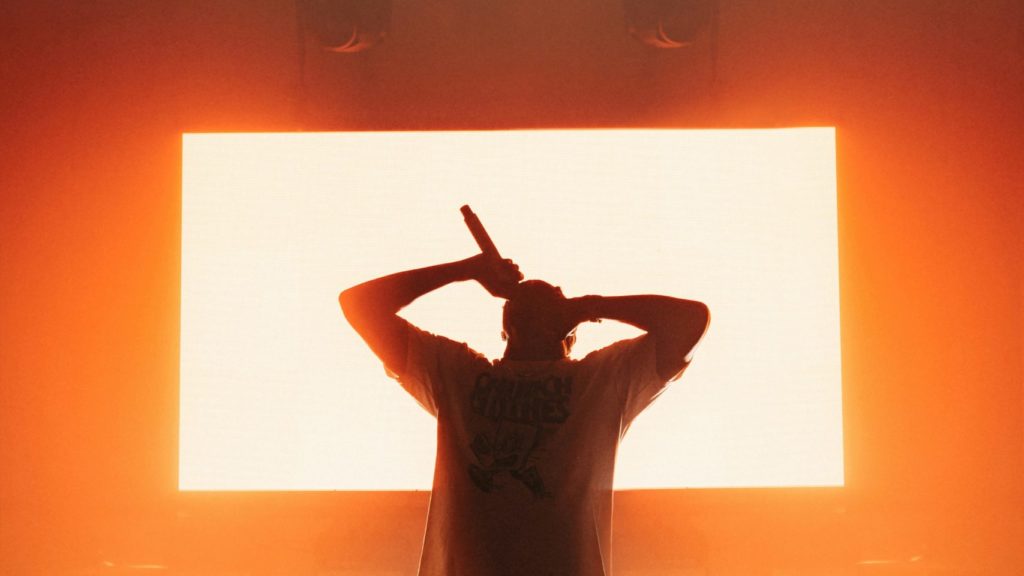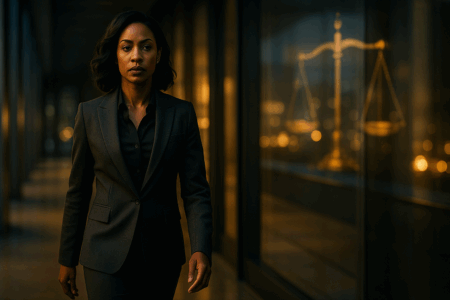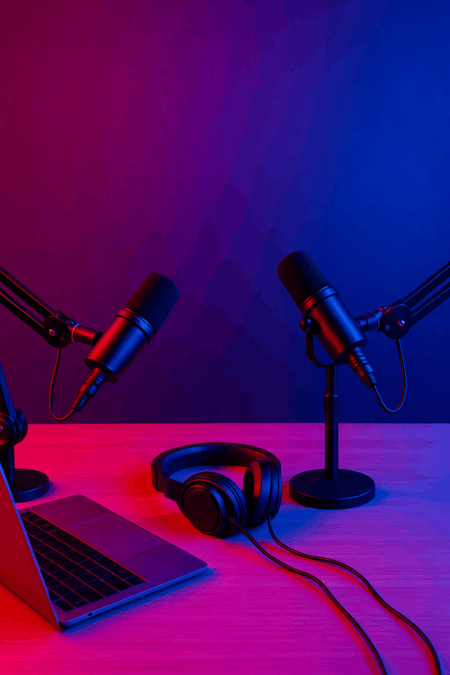Hip-hop has always been a voice for the voiceless. From block parties in the Bronx to sold-out arenas around the world, it has given shape and rhythm to the hopes, struggles, and defiance of generations. But as the genre’s influence has grown, so too has its body count. Time and again, we find ourselves mourning young, promising artists who should’ve been charting their next album—not being eulogized in hashtags, candlelight vigils, or tribute tracks.
This isn’t just tragic. It’s systemic.
The Numbers Don’t Lie
Since the genre’s rise to global dominance, hip-hop has become synonymous not just with creativity and innovation, but with early death. From Tupac Shakur to Biggie, from XXXTentacion to Young Dolph, from Juice WRLD to Takeoff, the trend has proven horrifyingly consistent: young Black men at the height of their careers, gone too soon.
A 2015 study published in the Journal of the American Medical Association shocked many but surprised few within the hip-hop community. The data showed that 51% of deaths among hip-hop musicians were homicides, with the average age of death just 30. That’s barely adulthood. Compared to other genres, the difference is staggering: homicide accounts for just 6% of deaths among rock musicians and a mere 1.5% in jazz. The numbers don’t just tell a story—they scream one. And it’s not a story about music. It’s a story about America, about race, about inequality, and about an industry that profits from pain but rarely invests in healing.
Reflections of the Environment
Dr. Dianna Theadora Kenny, a music psychologist from the University of Sydney, didn’t mince words: “Hip-hop has the highest mortality rate of any major music genre. It’s not a coincidence. It reflects the environments from which many of these artists emerge.”
Indeed, the origin stories of many rappers are rooted in neighborhoods abandoned by policymakers and preyed upon by systemic inequality. Hip-hop becomes their only escape—one that often takes them out of the block physically, but not emotionally or socially. And that dissonance, that chasm between the newfound wealth and the lingering street codes, often becomes fatal.
Case Studies in Tragedy
Pop Smoke, the Brooklyn-born drill phenom, was just 20 years old when his life was cut short during a home invasion in Los Angeles. At the time of his murder, he was basking in his breakthrough moment. His unique voice and fearless energy had begun shifting the direction of New York hip-hop, injecting it with a bold, aggressive swagger. But even as he crossed into mainstream stardom, the shadows of his street past followed. His Instagram post, which inadvertently revealed the address of his rented mansion, became a digital breadcrumb for the killers. The line between being seen and being safe had vanished.
Juice WRLD, another prodigy lost too soon, met a different but equally tragic end. The 21-year-old died from an accidental overdose after consuming a dangerous cocktail of oxycodone and codeine. Juice was a lyrical outlier in his generation—his music peeled back the curtain on depression, heartbreak, addiction, and vulnerability. But even his transparency, even his cries for help layered over beats, weren’t enough to shield him from the demons that haunted his lyrics.
Then there was Nipsey Hussle. A father, a businessman, and a builder of dreams far beyond music. He was gunned down at the age of 33 in front of his own store, The Marathon, in South Central Los Angeles—the very place he had poured his time, money, and soul into revitalizing. Nipsey’s death felt especially cruel. Here was someone trying to reverse the cycle, using his success to lift others out. His loss was a reminder that even if you make it out, even if you give back, the rules of the street don’t always honor legacy or good intentions.
Takeoff, perhaps the quietest member of Migos, was 28 when he was fatally shot during an altercation he wasn’t even involved in. Known for his laid-back demeanor and poetic flow, Takeoff was widely regarded as the peacemaker of the group. That he died in crossfire, in a moment unrelated to his actions, stunned fans and artists alike. If even the most conflict-averse among them wasn’t safe, then who was?
A Culture in Crisis
There’s a haunting familiarity to these stories—different faces, different circumstances, but the same result. And the question looms larger with each death: why does this keep happening?
Artists, insiders, and fans alike have voiced their frustration. Jim Jones called rapping “the most dangerous job in the world.” Fat Joe said bluntly, “We’re like an endangered species out here.” Charlamagne Tha God took aim at the record labels, accusing them of being quick to sign talent but slow to provide protection: “They want the music but not the responsibility of keeping artists alive.”
What emerges from these conversations isn’t just sorrow—it’s a recognition that the music industry, in its current state, is ill-equipped to support the very people it profits from. Labels are quick to push artists toward viral fame, but rarely invest in long-term mental health support, safety planning, or crisis intervention. Many young rappers, fresh off the block and flush with cash, suddenly find themselves navigating fame, financial management, family responsibilities, street beefs, and mental health—all at once. And with little to no guidance.
Designing a Safer Future for Hip-Hop
But it doesn’t have to be this way.
There’s growing momentum around reimagining what artist safety could look like in the modern hip-hop era. A number of grassroots and industry-led initiatives are pushing forward new frameworks that treat artists not just as content creators but as human beings with complex needs.
Conflict mediation programs, particularly those funded by industry stakeholders, could play a crucial role in de-escalating disputes before they erupt into violence. In a genre where reputation and street credibility often fuel real-world tensions, creating safe spaces for dialogue and resolution might save lives.
Mental health access is another pillar. Normalizing therapy, especially among Black male artists, is no small task—but it’s an urgent one. Label contracts should include mental healthcare coverage, not as an afterthought, but as standard practice. Artists should be offered wellness coaches, addiction counselors, and trauma-informed care from day one.
Touring, which is both a financial lifeline and a security risk for many rappers, needs to be reimagined with safety at the forefront. For emerging artists, especially, security protocols are often minimal or reactive. Investing in proper tour management and bodyguards isn’t about vanity—it’s about survival.
Long term, the solution must go deeper than the artist level. It means investing in the communities these artists come from. Poverty, lack of opportunity, inadequate healthcare, and unchecked access to guns all feed the crisis. If the goal is to stop burying our stars, then the pipeline needs repair—from the street corner to the studio.
Evolving the Narrative
But perhaps the most transformative shift could come from within the culture itself. Hip-hop has always evolved—always responded to the times. And while it’s built on realness, authenticity doesn’t have to mean glorifying death. A new generation of artists is already beginning to redefine what it means to be a rapper—centering healing, joy, and mental wellness in their lyrics. Artists like Kendrick Lamar, Noname, and J. Cole have shown that introspection can coexist with street sensibility, that vulnerability is not weakness, and that lyrical power doesn’t require self-destruction.
A Genre at the Crossroads
The deaths of Pop Smoke, Juice WRLD, Nipsey Hussle, and Takeoff weren’t isolated tragedies. They were the outcome of deeper social rot, industry negligence, and a cultural framework that too often treats Black pain as entertainment. But it doesn’t have to be the blueprint moving forward.
Hip-hop was born from struggle—but it doesn’t have to be bound by it. The future of the genre isn’t just in streaming numbers or chart positions. It’s in the lives of the people who create it. A future where artists don’t have to choose between authenticity and safety. Where the marathon really does continue—and every runner gets to finish.

